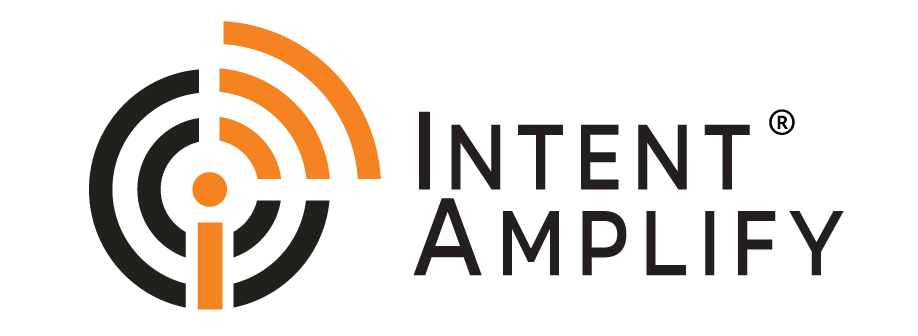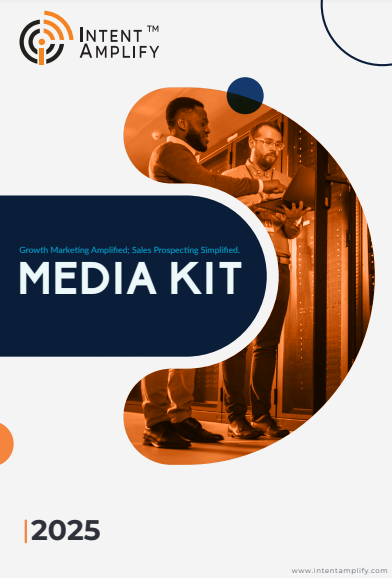
How GTM Process & Strategies Work for SaaS Companies
- Last updated on: August 9, 2024
Ever feel like your amazing product isn’t getting the traction it deserves? You need to implement GTM Strategies for SaaS Companies.
If you are someone working at the level of a decision-maker in a SaaS company, you know your software has the potential to revolutionize your industry. However, getting your valuable offering into the hands of the right users is the real challenge. This is where a solid Go-to-Market (GTM) strategy comes into play. It’s the key to ensuring your product reaches its full potential by connecting with the right audience at the right time.
But do you know what GTM or a Go-To-Market(GTM) strategy for SaaS means? Let’s find out.
The Importance of Enterprise SAAS Go To Market Strategy
A Go-to-Market (GTM) strategy is a step-by-step plan outlining the measures needed to launch and grow your SaaS product without fail. It’s not the same as a marketing plan – a more long-term plan designed to sustain your SaaS offering in the market. GTM is a comprehensive plan that covers everything from market research and product positioning to sales tactics and marketing channels. A robust GTM strategy for SaaS ensures that your offering reaches its target audience and resonates with them, leading to increased user acquisition and RoI.
6 Key Components of a Winning GTM Process Strategy for SaaS Companies
GTM Process: Target Audience
Every GTM strategy starts with Market Research. Identifying your ideal customer profile (ICP) is the first critical step. This involves:
- Understanding Challenges and Pain Points: Determine what specific problems your target audience faces. This can be done through primary research methods such as surveys, interviews, and analyzing existing customer data. Understanding these pain points helps you position your SaaS product as the ideal solution.
- Analyzing buyer behavior process: Look at how your potential customers make purchasing decisions. This includes understanding their decision-making process, preferred channels for information, and factors that influence their buying choices.
- Tailoring Messaging and Approach: With a clear understanding of your ICP, you can craft messages that resonate deeply with them. Tailored messaging demonstrates that you understand their unique needs and position your product as the best solution to their problems.
GTM Process: Customer Value Proposition
Your value proposition is a clear, concise statement that explains how your SaaS product solves your target audience’s problems and delivers unique value. It’s crucial to:
- Highlight Specific Benefits: Clearly articulate the benefits your product offers, such as increased efficiency, cost savings, or improved performance. This should directly address the pain points identified in your market research.
- Differentiate from Competitors: Identify what sets your product apart from others in the market. This could be unique features, superior customer support, or a more user-friendly interface.
- Focus on Value Delivered: Emphasize the tangible outcomes your product provides, such as time saved, increased revenue, or enhanced productivity. This makes it easier for potential customers to see the direct impact your product will have on their business.
GTM Process: Sales & Pricing Strategy
Deciding whether to adopt a sales-led or product-led approach is a critical component of your GTM strategy. Additionally, setting a pricing model that aligns with your value proposition and market expectations is vital.
Sales-Led Approach:
This strategy involves building a dedicated sales team to drive customer acquisition. It is often used for complex products that require a consultative sales process. The sales team works closely with potential customers to understand their needs and demonstrate how the product meets those needs.
Product-Led Approach:
This strategy leverages the product itself to attract and convert users. It focuses on creating a compelling user experience that encourages users to try and adopt the product on their own. Often, this includes offering a free trial or freemium version of the product to lower the barrier to entry.
Pricing Model:
Your pricing should reflect the value your product delivers and be competitive within your market. Common pricing strategies for SaaS products include subscription-based models, tiered pricing, and usage-based pricing. It’s important to ensure that your pricing is transparent and provides clear value to the customer. Here are some common pricing models used by SaaS companies:
Flat Rate Pricing:
is a single price for all features and services. Example: A SaaS tool offers its services for $50/month, regardless of the number of users or features used.
Usage-based pricing:
also known as the pay-as-you-go model, customers are charged based on how much they use the service. Example: AWS charges users based on the amount of storage space and computing power they consume.
Tiered Pricing:
Define tiered pricing is based on the features, services, or usage levels of different tiers.
Example: A SaaS company offers three tiers: Basic ($20/month), Pro ($50/month), and Enterprise ($100/month), each with increasing features and limits.
Per User Pricing:
It is where customers are charged based on the number of users or seats.
Example: Slack charges a fixed amount per active user per month.
Per Active User Pricing or Consumer Based Pricing:
It is similar to per-user pricing but charges only for active users within a billing period.
Example: A project management tool charges $10 per active user per month, only billing for users who logged in during the month.
Freemium:
Here comes with basic features that are provided for free, with advanced features available for a fee.
Example: Dropbox offers a free plan with limited storage and charges for additional storage and premium features.
Free Trial:
‘Free Trial’ as the name suggests, gives full access to the software and is provided for free for a limited period, after which a paid plan is required.
Example: Adobe Creative Cloud offers a 7-day free trial before requiring users to subscribe.
Feature-based pricing:
Its where customers are charged based on the specific features they use.
Example: A CRM tool charges extra for advanced reporting and automation features beyond the basic plan.
Value-based pricing:
Definition of value based pricing is based on the perceived value of the product to the customer rather than the cost of the product or competitive prices.
Example: A specialized healthcare software charges based on the value it provides in improving patient care and reducing costs.
Hybrid Pricing:
This hybrid pricing combines elements of multiple pricing models to fit different customer needs.
Example: A SaaS platform might combine per-user pricing with tiered pricing and offer a freemium version to attract a broader audience.
Seat-based pricing:
This is based on the number of seats or licenses purchased, similar to per-user pricing but often used in a B2B context where bulk purchases are common.
Example: An enterprise software charges companies based on the number of employee seats.
Revenue Share Pricing:
Revenue share pricing is based on a percentage of the revenue generated through the use of the SaaS product. Example: An e-commerce platform charges a percentage of the sales revenue generated through its service.
GTM Process: Marketing Channels
Choosing the right marketing channels is essential for reaching your target audience effectively. This involves:
- Identifying Preferred Channels: Determine where your potential customers spend their time and consume information. This could be social media platforms, industry blogs, forums, or professional networks.
- Content Marketing: Create valuable content that addresses the needs and interests of your target audience. This can include blog posts, whitepapers, case studies, and webinars. Content marketing helps build trust and establish your brand as a thought leader in the industry.
- Social Media: Utilize platforms like LinkedIn, Twitter, and Facebook to engage with your audience. Social media allows you to share content, interact with users, and promote your product to a broader audience.
- Paid Advertising: Use paid channels like Google Ads, social media ads, and display advertising to reach a targeted audience. Paid advertising can drive immediate traffic and generate leads quickly.
- Multi-Channel Approach: Combining multiple channels often works best, allowing you to engage with prospects across various touchpoints. This ensures a broader reach and multiple opportunities for potential customers to interact with your brand.
GTM Process: Customer Experience Platform
Providing a seamless user experience from sign-up to onboarding and beyond is crucial for retaining customers and fostering long-term loyalty. This involves:
- Simplified Sign-Up Process: Ensure that the sign-up process is quick and easy, with minimal friction. The easier it is for users to get started, the more likely they are to continue using your product.
- Effective Onboarding: Develop an onboarding process that guides new users through the essential features and benefits of your product. This could include tutorials, walkthroughs, and personalized onboarding sessions. The goal is to help users quickly understand how to use your product and see its value.
- Ongoing Support: Provide excellent customer support to address any issues or questions that arise. This includes offering multiple support channels such as live chat, email, and phone support.
- Continuous Engagement: Keep users engaged with regular updates, new features, and personalized communication. This can include newsletters, product updates, and exclusive offers. Regular engagement helps maintain interest and encourages long-term usage.
- Feedback and Improvement: Continuously collect feedback from users to understand their needs and pain points. Use this feedback to make improvements to your product and user experience, demonstrating that you value their input and are committed to delivering the best possible experience.
GTM Process: Metrics & Optimization
Tracking key metrics is essential for measuring the success of your GTM strategy. Metrics such as customer acquisition cost (CAC), conversion rates, and customer lifetime value (CLTV) provide valuable insights into the effectiveness of your approach. Based on this data, continuously iterating and optimizing your strategy is crucial for achieving long-term success.
By focusing on these key components, SaaS companies can develop a comprehensive and effective GTM strategy that drives user acquisition, enhances customer satisfaction, and ultimately fuels business growth.
The Role of Intent Amplify™ in Your SaaS GTM Process Strategy
Intent Amplify™ can be a game-changer for your SaaS GTM strategy. Our expertise in lead generation helps SaaS companies like yours connect with the right decision-makers at the right time. By leveraging targeted campaigns and buyer intent data, we ensure your GTM efforts are focused on high-quality leads, increasing the chances of successful conversions and sustained growth.
Conclusion
A strong GTM strategy is indispensable for SaaS companies looking to maximize their product’s impact and drive revenue growth. By understanding your target audience, crafting a compelling value proposition, selecting the right sales and marketing channels, and prioritizing customer experience, you can set your product on a path to success.
Ready to take your SaaS GTM strategy to the next level? Contact Intent Amplify™ for a consultation and discover how our expertise can help you achieve your business goals.




